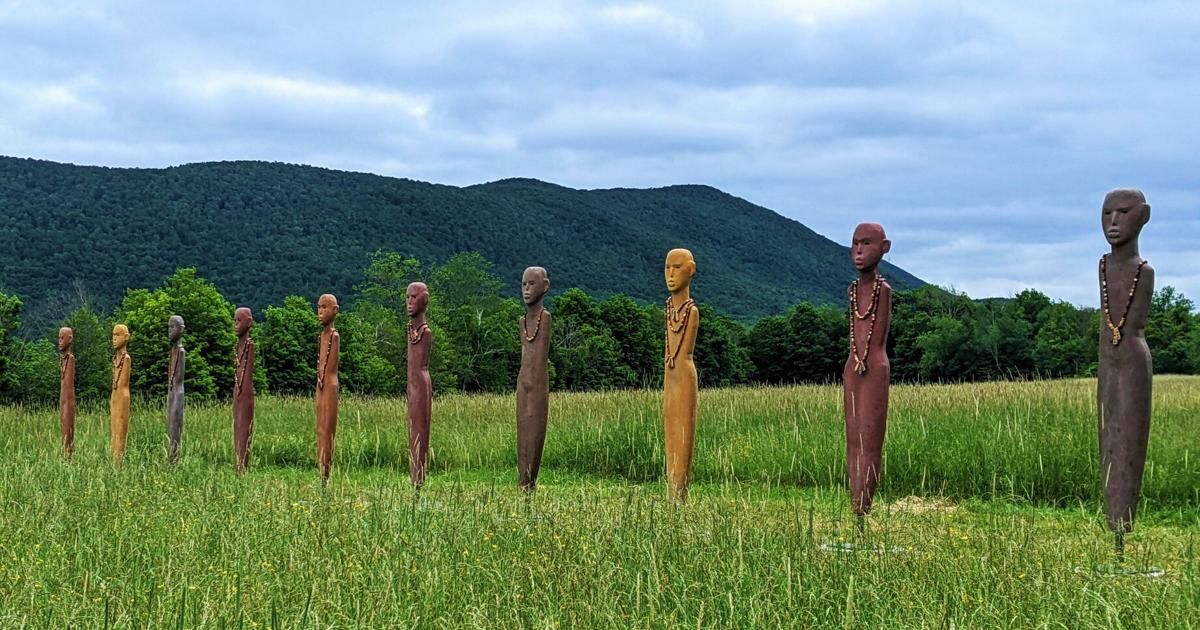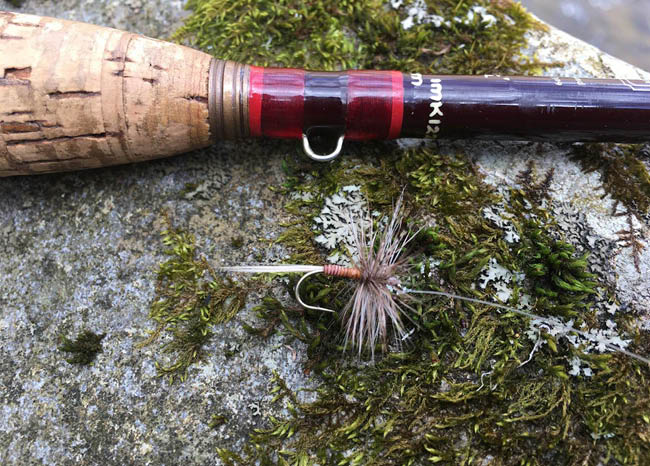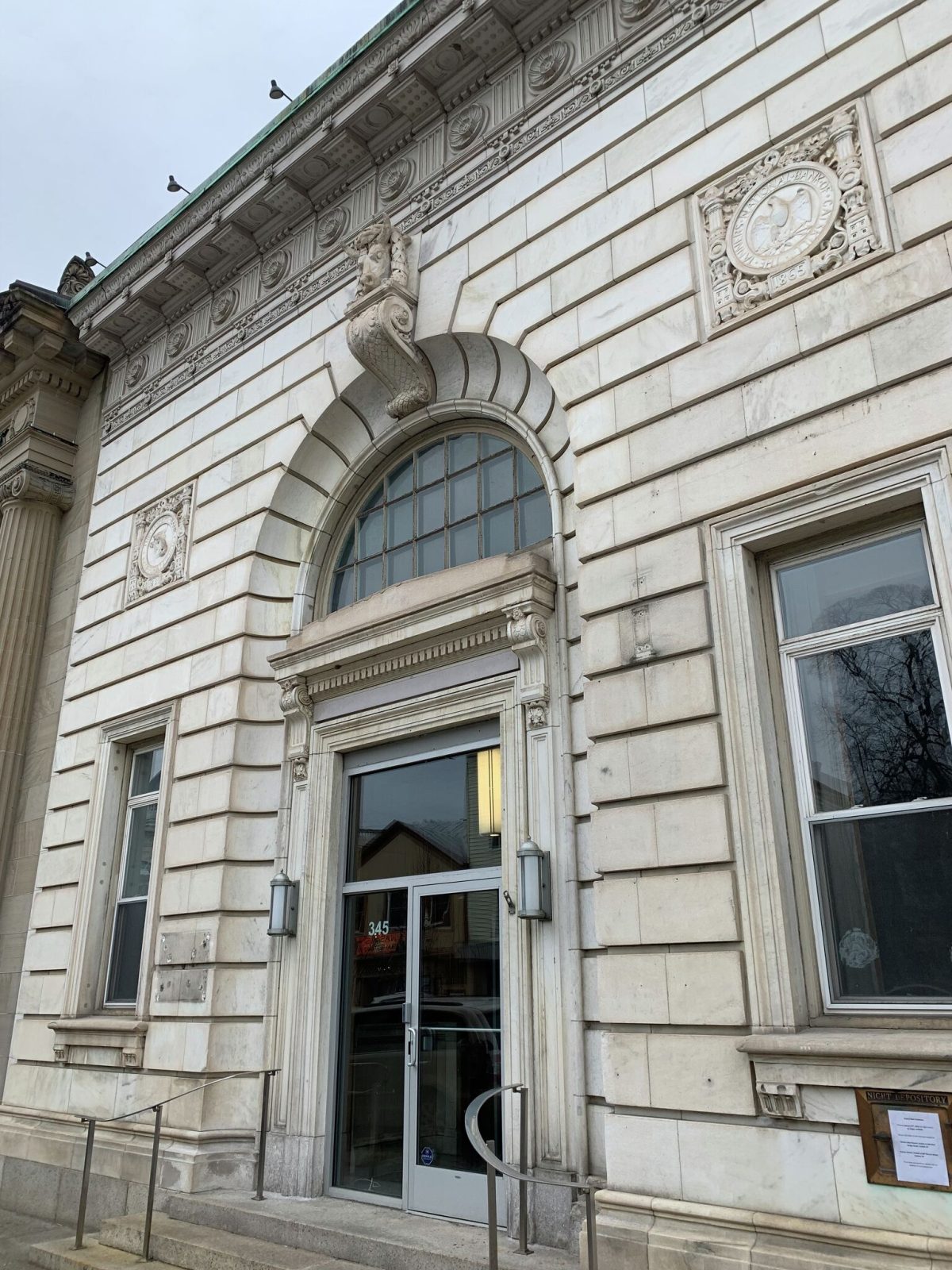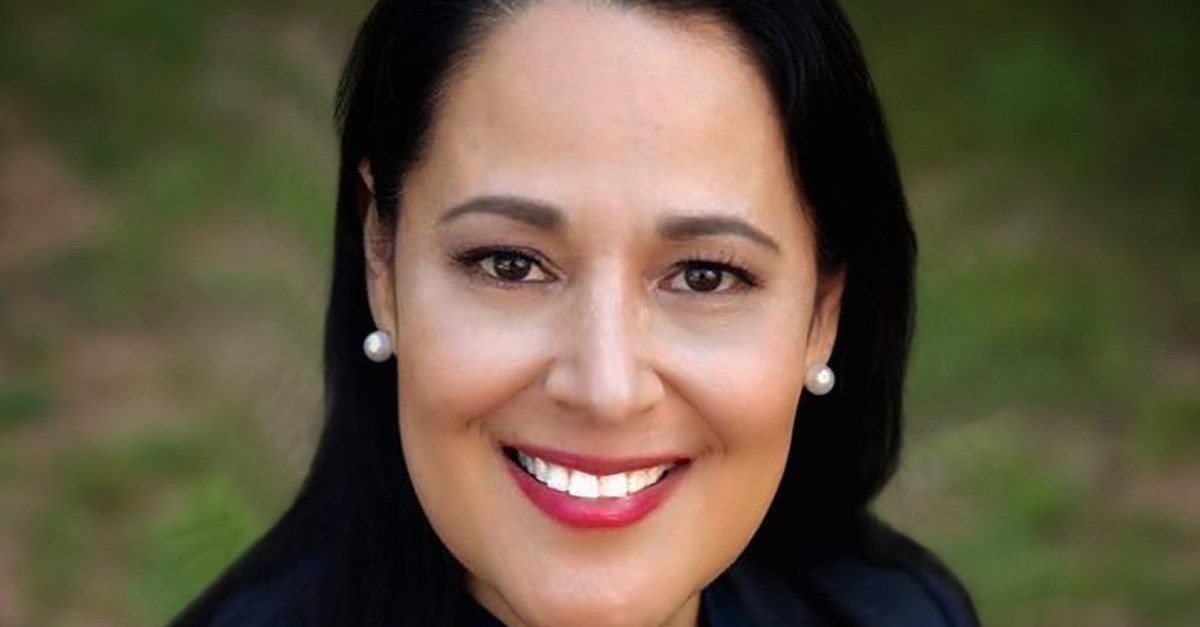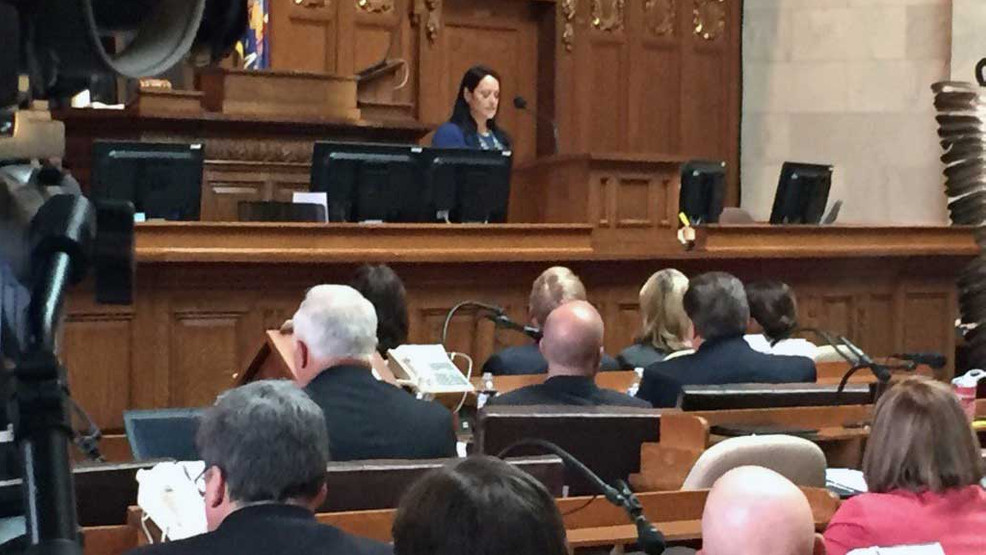Rather than awash in red and white, on July 1, 2021, Winnipeg’s downtown core was full of orange worn by thousands of marchers following the discovery of what are believed to be unmarked burial sites on the grounds of former residential schools.
At a rally following the march, a statue of Queen Victoria was toppled.
It wasn’t the usual Canada Day by any stretch.
One year later, the idea of celebrating Canada Day with pomp and circumstance has come under scrutiny, particularly in Winnipeg. The city is reimagining the traditional party — and facing backlash for the choice.
It’s a sensitive topic that Mary Jane Logan McCallum, a University of Winnipeg history professor from Munsee Delaware Nation, is weighing herself.
 Mary Jane Logan McCallum, a history professor at the University of Winnipeg, said Canadians are coming to grips with the realization that its patriotic celebrations are off-putting to some Indigenous people. (Tyson Koschik/CBC)
Mary Jane Logan McCallum, a history professor at the University of Winnipeg, said Canadians are coming to grips with the realization that its patriotic celebrations are off-putting to some Indigenous people. (Tyson Koschik/CBC)
“We are in a moment where I think there’s a bit of a struggle over what the meaning of the flag is, what Canada is, and then also what Canada Day is,” she said.
Last year, Tk’emlúps te Secwépemc First Nation announced that what may be hundreds of burials were found near the former Kamloops Indian Residential School in B.C. Searches with ground-penetrating radar continued in other provinces, including Manitoba, and challenged many people’s understanding of Canadian history.
“I think for a long time those kinds of celebrations maybe have been stifling for Indigenous people, for people of colour who have complicated histories with the Canadian state that aren’t always kind of straightforward celebratory,” McCallum said.
The Forks, a meeting place for thousands of years in the city with the largest Indigenous population in Canada, is trying to change that. After months of Indigenous-led roundtable discussions, The Forks recast its Canada Day festivities into an inclusive celebration of multiculturalism it’s calling…

 18th lifetime tribal Chief Dr.
18th lifetime tribal Chief Dr.  h/t officebss
h/t officebss 